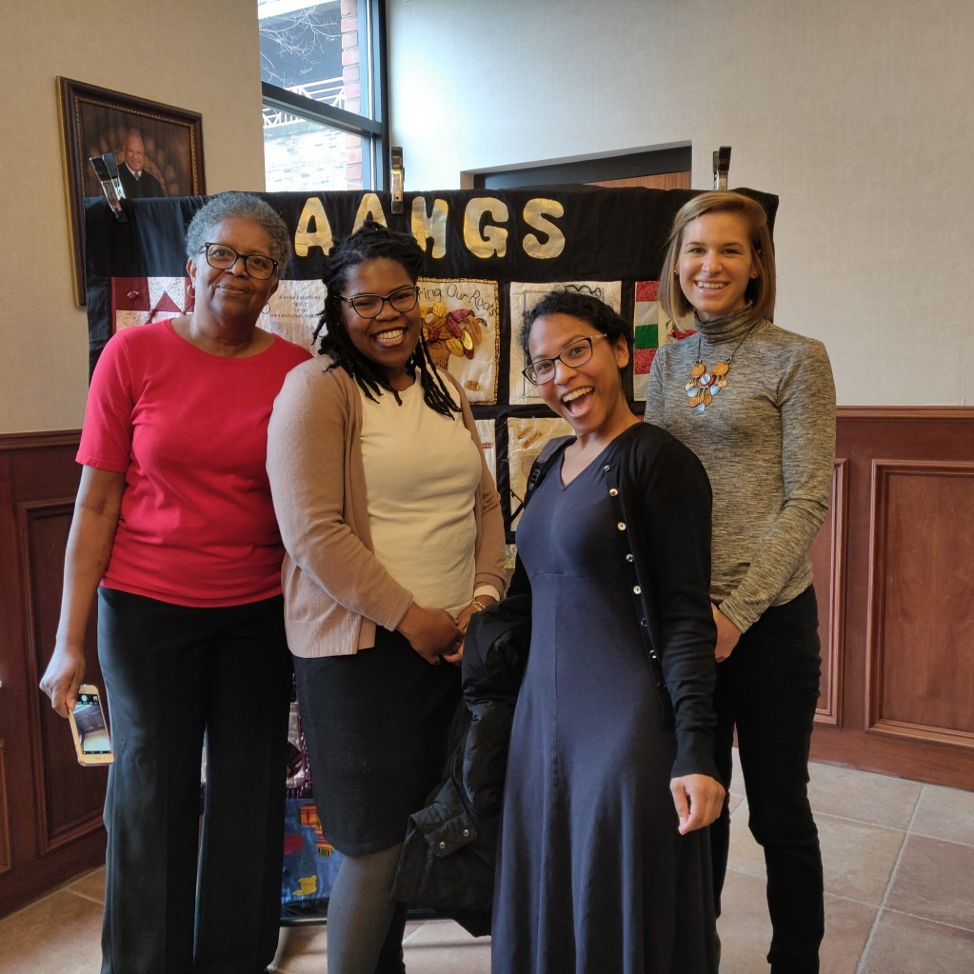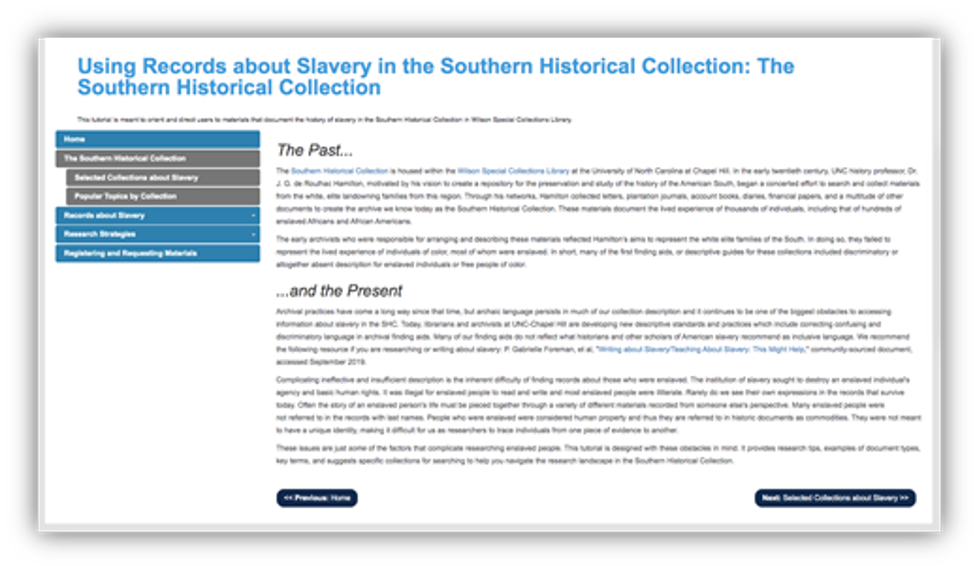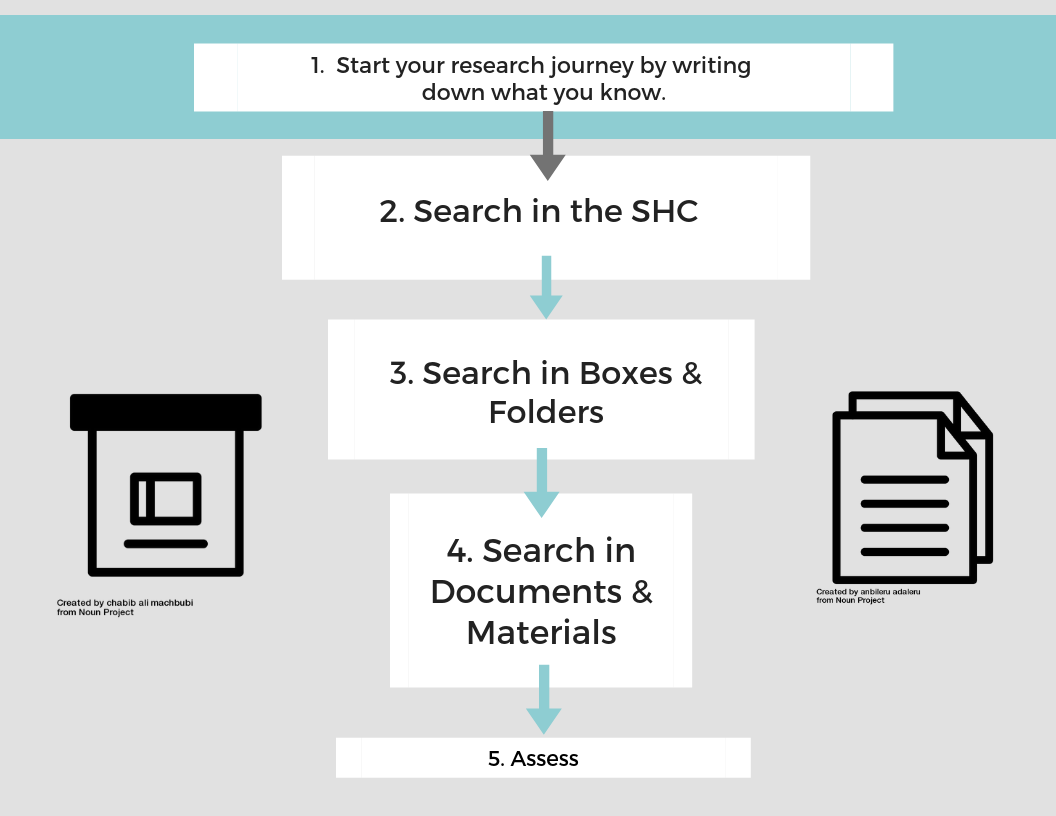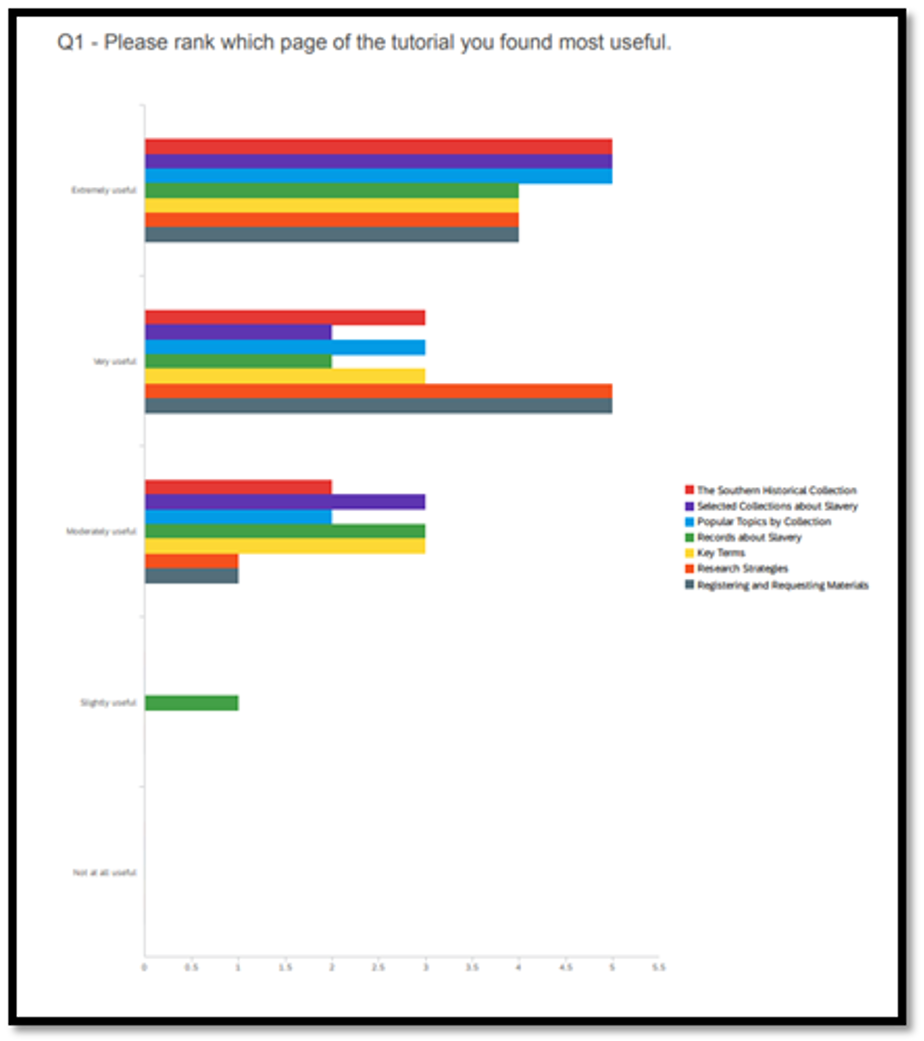This post follows up on the status of the project, Untangling the Roots: Surfacing the Lived Experience of Enslaved People in the Archives. Lydia Neuroth is a graduate student in the School of Information and Library Science and a 2018-2020 Carolina Academic Library Associate (CALA) for the Southern Historical Collection and Archival Technical Services.
In the last year of my position in the Southern Historical Collection, we built an online tutorial with three major components: the Southern Historical Collection’s origin story, links to some of the more popular items and collections about slavery, and a step by step research methodology for beginners.
In January 2019, I wrote about a new project in the SHC designed to investigate barriers to accessing our records about slavery. Back in early 2019, we had just begun to define our audience: novice researchers, principally undergraduate students, but also community members seeking documents to research their family history. We spent our first year conducting an environmental scan to better understand how other institutions provided access through digital databases and research portals. This exercise was useful, but ultimately, it was our meetings with research librarians and archivists here at Wilson Library that helped us to see that we needed a different type of tool, one that built confidence in users to effectively utilize these collections for their research.



When we completed the tutorial in the Summer of 2019, we made plans to solicit feedback from one of the tutorial’s target audiences, undergraduate students. We built a 12-question survey using Qualtrics and during the last two weeks of October, we visited five different undergraduate classes that were listed as a part of UNC’s new learning initiative Reckoning: Race, Memory and Reimagining the Public University. We thought these students would have a particular interest in our tutorial because learning about legacies of racism were embedded in their curriculum. In total, we probably spoke in front of about 175 students. As incentive, we offered $40 Amazon gift cards to a random selection of students who completed our survey and agreed to a follow up in person interview.

Results from both the survey and the interview indicated a consistent level of confusion about the nature of primary sources and how UNC Libraries, Wilson Special Collections Library, and the Southern Historical Collection come together to make them accessible. This was not surprising to us – several members of the R&IS team have shared that students struggle to make sense of primary sources. This speaks to larger issues about how our databases, collection guides, buildings, and general messaging can inhibit access in our Libraries. I hope we will continue to innovate in this area.
From Spring 2019 to Spring 2020, we shared this project at several conferences. We also developed a series of in-person supplementary workshops designed to introduce audiences to the tutorial and use the “research proofs” (research journeys utilizing sample research questions and SHC materials) to work through primary source materials as a group.

As this project evolved from a focus on our materials to a focus on our audiences, we had to grapple with how the structures that define our profession can function as walls that keep people out. Examples include the components of a finding aid (abstract, series, etc.), and the workflows (processing, appraisal, etc.) that archivists utilize every day. The nature of records about slavery add another layer of historical erasure that is replicated in the archive, and we (along with others across the Libraries) felt the need to address this in the discussion of the Southern Historical Collection’s founding. I am proud of the way we engaged our Wilson Library peers, local genealogists, and UNC students in these critical conversations. The archives possess even more power when they are opened to broader audiences. That, for me, is the beauty of the archives: old records are interpreted with fresh eyes resulting in untold stories. I’m grateful that this project has allowed us to contribute to that tapestry.
